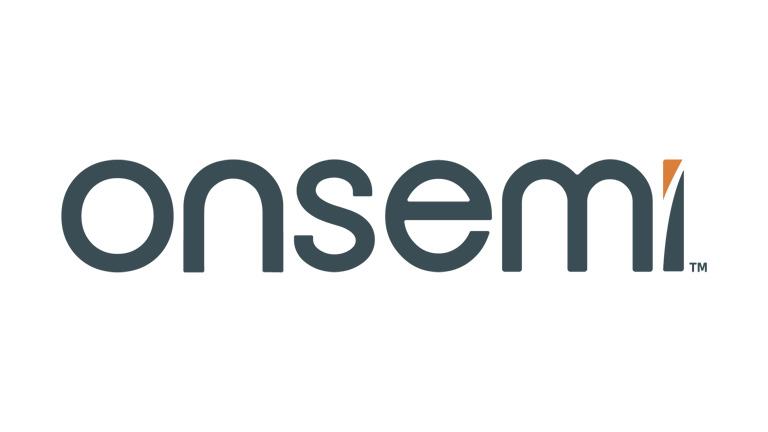onsemi’s portfolio of wired and wireless communication technologies can connect energy storage systems to the grid, buildings, smart devices, and more while simplifying architectures and lowering network installation and maintenance costs. Expand Ethernet connectivity to the very edges of industrial networks using the NCN26010, with the standard features for the IEEE 802.3cg and proprietary features including enhanced noise immunity, collision detection, and programmable MAC addresses. The RSL15 and the RSL10 are the industry’s lowest power, secure, flash-based Bluetooth® low energy-enabled microcontroller solutions.

Product
WPN
Description
BLE SoC
RSL10
Radio SoC Bluetooth® 5 Certified
RSL15
Bluetooth® 5.2 Secure Wireless MCU
Ethernet Controller
NCN26010
Ethernet Controller, 10 Mb/s, Single-Pair, MAC + PHY, 802.3cg, 10BASE−T1S Compliant
CAN FD Transceiver
NCV7343
Gen4 CAN FD Transceiver, with error detection, INH & WAKE
CAN Transceiver
NCV7342
Gen3 CAN Transceiver, High Speed, Low Power
PLC Driver
NCS5651
Power Line Communication (PLC) Driver, 2 Amp
NCN26010 10BASE-T1S MACPHY Ethernet Controller
Expand Ethernet connectivity to the very edges of industrial networks while simplifying architectures and lowering network installation and maintenance costs.
| IEEE 802.3cg Standard Features | NCN26010 Proprietary Features |
|---|---|
| Uses Single Pair Ethernet (SPE) Cables - Uses lower cost unshielded single twisted pair cables | Enhanced Noise Immunity Mode - Exceeds noise immunity levels specified in IEEE 802.3cg, enabling longer cable reach |
| Multi-drop - Connects multiple devices on a single-pair cable using one MACPHY per port | Lowest MDI capacitance - Enables more nodes per segment which lowers cabling, connector, and installation costs |
| MACPHY - Connect to controllers, sensors, and other devices using mid/low-end MCUs with no integrated MAC | Collision Detection Masking - Further increases noise immunity in pure PLCA networks |
| Physical Layer Collision Avoidance - Allows higher throughput in multi-drop topologies | PLCA Precedence Mode - Lower PLCA ID gets precedence over higher ones (similar to CAN arbitration) |
| MAC Address Filtering - Ethernet frames not intended for a certain node are not processed by host, thus reducing the load | PLCA Leader Mode - Stations with ID other than 0 may start the PLCA cycle |
| Unique Programmed MAC Address - Comes with a unique MAC address at no additional cost |
Why 802.3cg?
A new IEEE standard 802.3cg overcomes today’s gap in Industrial Ethernet by delivering low-cost, 10 Mbps communication to field devices using two new physical layers: 10BASE-T1L for long-range, point-to-point communication up to 1,000 meters and 10BASE-T1S for multi-point communication up to 25 meters. Unify Communications by consolidating and simplifying point-to-point communications using IEEE 802.3cg. Rather than having multiple legacy point-to-point and point-to-multipoint protocols, 10BASE-T1S can replace these existing systems with lower complexity and lower costs installations, as well as simplifying network maintenance by reducing the number of standards that must be supported. Multi-drop architecture can significantly reduce the number of cables needed for new installations while being compatible with the existing infrastructure of twisted-pair or single-pair cables.
Enhanced Noise Immunity (ENI)
The Enhanced Noise Immunity feature of the NCN26010 exceeds noise immunity levels specified in IEEE 802.3cg, provides best-in-class bit error rate performance, and enables up to 50 meters reach with 8 nodes, double the requirement of the 802.3cg standard.
Collision Detection Masking
Collision detection masking prevents false collision detection in high-noise environments. When collision masking is used in conjunction with ENI, the NCN26010 has unparalleled noise tolerance.
PLCA Leader Mode
Allows passing Coordinator role to other nodes. If the head node fails, upper layers of control can pass the coordinator responsibility to other nodes on the network without requiring new PLCA address assignments.
Address Filtering and Unique Programmed MAC Addresses
Unique to onsemi’s NCN26010, by filtering frames based on the destination address, Ethernet frames not intended for a certain node are not processed by the host, thus reducing the load. The MAC will see the frame, process the address, drop it based on the filter criteria, and the host will not need to handle it. Furthermore, the NCN26010 comes with a globally unique MAC address pre-programmed, unlike other T1S devices on the market.


